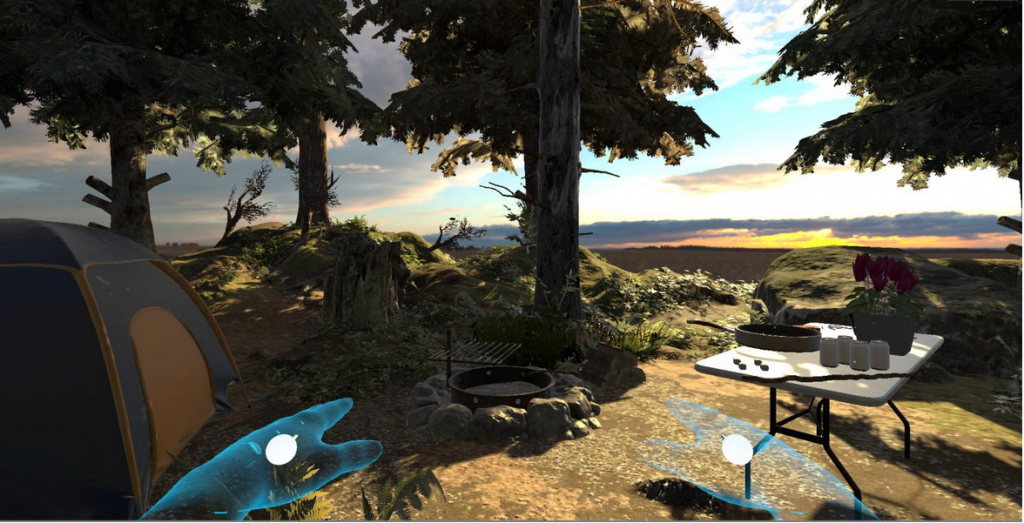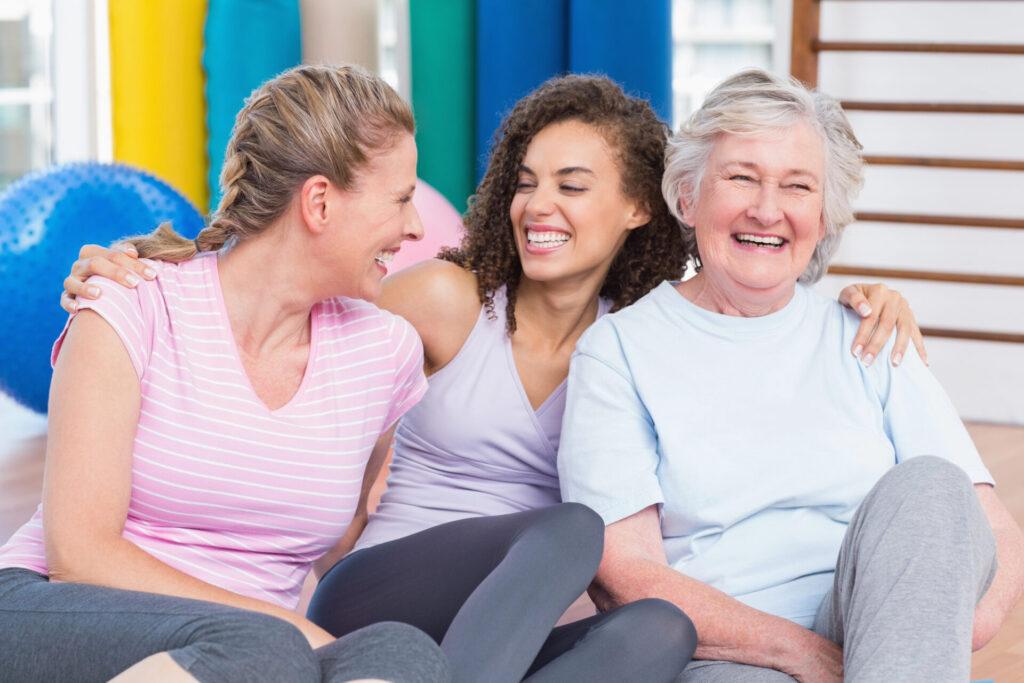The olfactory system is a powerful mechanism for addressing anxiety, pain and stress, a new study finds. With the use of Olfactory Virtual Reality (OVR) — a new form of VR that incorporates the sense of smell into its augmented reality — clinical psychiatrists have a clearer picture about how it could be used to safely and effectively help mental health and mood disorders. What’s more, it holds promise for improved access and inclusion of patients impacted by physical limitations or constraints, such as patient mobility, comorbidities and safety.
Building on previous research proving VR’s effectiveness in “distraction for pain and medical procedures, relaxation and calming, and immersion therapy for trauma, PTSD and phobias,” the study — published by the Journal of Medical Research and Health Sciences — provides evidence that stimulating the olfactory system via scent in practitioner-administered virtual realities can trigger memory, cognition and emotion, and may improve the therapeutic benefits of augmented realities targeting chronic pain, anxiety and mood disorders.
“The OVR sessions…were focused on creating a more immersive, realistic, evocative, meaningful and emotional [virtual and altered reality] experience,” explains the study led by David Tomasi — a clinical psychologist and psychotherapist at UVM Medical Center (UVMMC) and teacher of integrative health at the University of Vermont — “by allowing for the subjects enrolled therein to enter a calming and realistic environment, in order to decrease the amount of anxiety, stress and pain experienced.”

Tomasi and a team of psychotherapists at UVMMC’s Inpatient Psychiatry Department collaborated with OVR Technology, a Burlington, Vermont-based company that specializes in olfactory virtual reality in this context, to design a relaxing, virtual forest and campsite that could be independently, fully experienced in an area of just 100-square-feet. Using software, scentware and hardware supplied by OVR Technology, the team created a simulation complete with a virtual tent, picnic table, fire pit, logs and other objects to touch, and aromas of fresh bacon and toasted marshmallows.
“At OVR, designing new scents is a collaborative process between what the desired outcome is of the experience, along with what makes sense given the auditory and visual stimuli,” says Vice President of Scentware for OVR Technology Sarah Socia, who collaborated on the study. “We focus on the entire experience — the mix of audio, visual and olfactory stimuli that give rise to the experience and then the feelings follow suit.”
Participants — all inpatient psychiatry patients that voluntary participated in the study — were immersed in the forest camp environment for 8-12-minutes, in weekly OVR sessions that coincided with their standard clinical treatment plans. Following the OVR sessions, participants reported significant and immediate improvements to their anxiety, stress and pain levels that lasted up to three hours after a session.
Among the most dramatic improvements reported by participants were reduced anxiety levels. Asked throughout the sessions to rate their anxiety levels on a scale of 1 to 10 (with 1 being the lowest and 10 the highest), nearly half the participants (45.6%) rated their anxiety levels prior to OVR as either a 9 or 10. Roughly the same percent of participants (44.6%) rated their anxiety levels immediately after the session as either a 1 or 2. Between one to three hours later, half the participants (50%) rated their anxiety levels as either a 2 or 3. In all, participants’ anxiety dropped a median of 5 levels from start to finish through the process.
“OVR allowed patients whose circumstances excluded them from physical activity and exposure to nature to virtually experience physical activity in nature with similar sounds, sights and smells to a real-world scenario,” says Tomasi. “Those similar sensations evoked memories and responses that reduced anxiety and improved mood, just as the real experience would.”
While the study was years in the making, it reflects data collected over a four-month span between September and December 2020 — a critical point in the COVID-19 pandemic. The timing certainly was not ideal, Tomasi says, but the unlikely circumstance opened a window of silver lining that brought new understanding to the potential of OVR within the context of forced social isolation.
“The added COVID-19 restrictions, on top of an already very limiting situation for many individuals suffering with mental health disorders, presented a very difficult challenge to the research,” he says. “However, we can say that precisely because of this situation, we were able to see how important this approach is to help mental health in general.”
Conclusion/ The outcome of this study indicates that the utilization of olfactory virtual reality technologies is a safe and effective integrative approach to target several aspects of psychological and physical health such as anxiety, stress, and pain, in combination with the psychotherapeutic and pharmacological standards of care in inpatient psychiatry.




